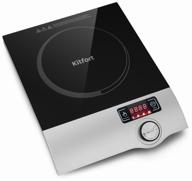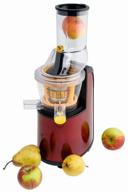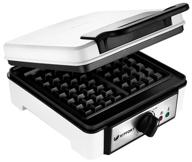
Review on BakerStone Stainless Steel Gas Stove Top Pizza Oven Box by Fernando Beck

I've tried many things. It's the first thing that works and I highly recommend it.
Eight years ago I decided to make Neapolitan pizza at home. I never succeeded. The main goal has always been to create an oven temperature that is consistently above 370°C (700°F). Numerous tricks and tricks were tried and while it was possible to heat a cooking surface (such as a brick oven) to a sufficiently high temperature with an oven cleaning cycle, there was not enough convection heat to cook the top of the oven. The pizza cooks as fast as the bottom, resulting in a decent bottom crust, but the undercooked top doesn't have the leopard quality required for a true Neapolitan pie. Fast forward eight years – I recently inherited the last stove from the previous occupants of my apartment. gave up after one last brave attempt at pizza. It was long overdue as the most powerful burner was putting out a whopping 14,000 Btu/hr, little more than a simmering flame by Asian culinary standards. I've always wanted a more serious gas stove. But at the same time I was fully aware that no one designs domestic stoves that heat above 550F, not even the Italians. Luckily, I saw an ad for Bakerstone, a former Kickstarter project turned company that makes a stovetop appliance that uses the heat of a gas burner. The design seemed immaculate and brilliant so I grabbed one and tested it on the most powerful burner on my old non-working stove while waiting for my new stove to arrive. She hit 700F after sitting on the burner for a good 45 minutes, which was already promising. I did a lot of research and came up with the most powerful burners currently approved for home use. (I've used Wolf, BlueStar, Viking, and none of them came close.) I put a Bakerstone pizza box on top. Using a 25,000 BTU/hr burner, it quickly heated to 950°F in under half an hour and showed no sign of stopping! (Until now I didn't want to know how high it can go.) It took two "canary pancakes" to get the feel of the mini oven. There is very little recovery time - pizza was made faster than we had time to cook and eat. It has convection heat diverted from the stove and radiant heat from the top of the box to allow the top to cook properly. The pizza dome works great. It practically doesn't smoke (unless you accidentally spill something on it). It takes up as much space as a pot and just sits on a stovetop. It doesn't heat the whole kitchen like an oven. It uses heat very sparingly and efficiently. It's elegant and perfect. Do you miss the aroma of a wood stove? Simple, I put a few tiny wood shavings, which are sold for smoking, in a small container and set it aside for a few minutes before popping the pizza. You can hear the muffled crackling of the pizza as you put it in. At 800F it actually cooks in 2 minutes - less than the time it takes to get dressed and eat pizza. I now consider the mechanical problems of safely and reliably preparing authentic Neapolitan pizza at home to be practically solved. Now for the best taste. A few notes: - In order to get a leopard, heat is necessary, but not sufficient. You also need to achieve full gluten development and rise and a dough with the right water content. At 800F or higher you must use 55% water or less. At 700F you need 60% water or more. This is because pizza cooks faster at higher temperatures. So if there is too much water in the batter, you will end up with a nice bottom but an undercooked top. And if you lift the pizza to cook the top, when the top is done the crust will be dry and crispy like a baguette, which still tastes good, but that's undesirable in a Neapolitan pizza. You can only get 700F with a 14,000 BTU/hr burner, so start with 60% hydration and adjust from there.
- Great design
- Crumpled packaging
New products
Comments (0)
Top products in 🍴 Small Appliances
Another interesting products
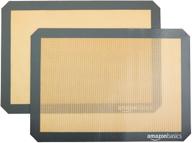
AmazonBasics Silicone Baking Mat Sheet

48 Review

300PCS Pre-Cut Unbleached Parchment Paper Sheets - Perfect For Baking, Grilling, Air Fryer & Steaming!

36 Review
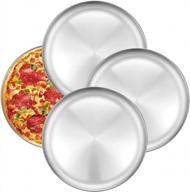
4 Pack 12 Inch Stainless Steel Round Pizza Baking Pan Tray Crisper Sheet Oven Cooking Healthy For Pizzas - Deedro

47 Review

100-Pack Of Disposable 18-Inch Piping Bags For Cake, Cupcake, And Cookie Decorating - Perfect For Icing And Frosting!

41 Review


